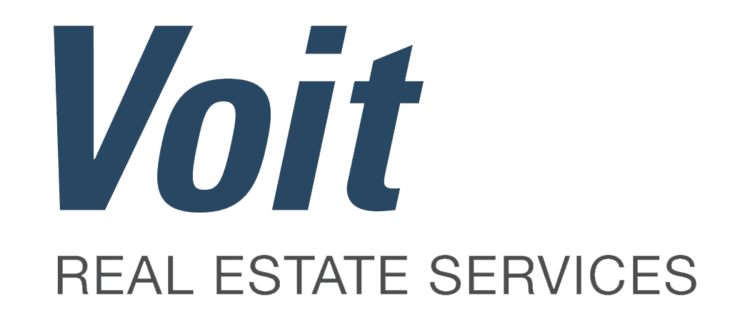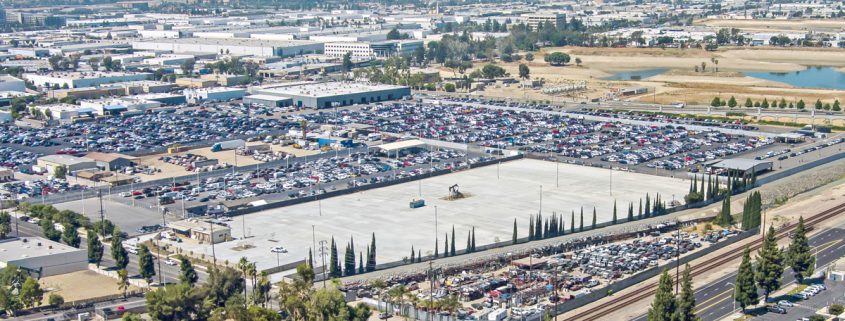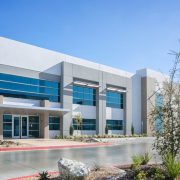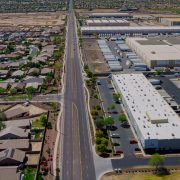As IOS Attracts More Investors, Industrial Brokers Are Needed More than Ever to Uncover Assets
Unless you’re involved in industrial commercial real estate, you may not be familiar with the term “industrial outdoor storage” (IOS). However, investors seeking an asset class with high demand, low capital expenditures and operational costs, rising rents, and low vacancy rates are taking notice of IOS. Although it’s still regarded as a “niche” sector, it’s estimated to have a market value of over $200 billion.
What is IOS?
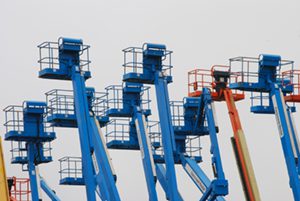
IOS sites are typically used for truck and trailer parking and storage, construction or heavy equipment yards, pallet and shipping container storage, tow company yards, and other uses like landscaping and equipment rental businesses. They’re also called ‘drop lots’ and ‘low-coverage industrial service facilities.’ Although there is usually some form of industrial or office building on the property, the majority of the site (more than 75%) is taken up by a large concrete, gravel, or asphalt lot. The highest value IOS sites are usually located in infill areas with convenient freeway/highway access, in proximity to major trucking and shipping infrastructure, intermodal rail terminals, and, in the case of Southern California, ports. Supply is constrained as municipalities limit the by-right zoning for IOS due to the lower tax revenue generated from this use, the relatively few jobs created, and increased traffic.
Obstacles for Investors

Demand for the IOS properties spiked at the start of the pandemic as they became an increasingly vital component of retailers’ and logistics operators’ supply chains, which makes the sector’s long-term prospects even brighter.
As enticing as the property type may sound, investors looking to acquire the sites face a number of obstacles. Number one is the lack of for-sale assets. During the pandemic, consumer behavior shifted to a heavier reliance on e-commerce, and there was a rush to build warehouse/distribution space to accommodate demand – much of it on spec. California also has a massive housing shortage, so many well-located existing IOS sites have been redeveloped into multifamily properties and supporting retail.
Industrial Brokers with Local Market Knowledge Key to Investor Success
Further complicating the matter for institutional-level investors, in particular, is that the vast majority of properties are owned by users or local/regional private investors, making them difficult for institutional investors to aggregate. “I’d say 80% to 90% of all of the IOS sites in the US are still mom-and-pop owned,” says Blake Rodgers, who, along with business partner Pasha Johnson, is the principal and co-founder of Steel Peak, the recently launched San Diego-based CRE investment firm focused solely on IOS properties. “A lot of what we’re buying is directly from a company that has owned and operated their business out of the property for a long time, and they’re retiring – mostly baby boomers that are winding down their businesses.” A second group of sellers are property owners who may have sold their original business but retained and leased the property. In either case, the deals are typically off-market deals. Research and data on the sector remain scarce. Because IOS is an asset class that investors recognize on a broader scale and there is a wide variety of property formats in the sector, data like rental rates and sales comps are difficult to track meaningfully. Even CoStar does not have specific analytics reports for IOS. That’s why using a broker with local market knowledge and IOS experience is critical for investors.
“Our entire pipeline and the way that we’re building our company is very broker-centric,” so we’re leaning hard on the brokerage community for all of our deal flow,” says Johnson. “We have a sense for which markets are good or bad, and what the value should be, where rents are, and that sort of thing, but what we’re looking for is brokers to feed us our opportunities.”
The Investor Pool — Owner-Users and Institutional Capital
Johnson and Rodgers (who both interned at Voit Real Estate Services during their college years) say that buyers for IOS properties are divided into owner-occupiers and investors. The investor side is further subdivided into smaller groups like Steel Peak that are interested in aggregating properties, and institutional money, including industrial REITs. “In a lot of cases, tenants (owner-occupiers) right now can actually pay more than an investor for these sites because they’re looking at it from a pure supply perspective, and there’s so little supply,” says Rodgers. “They need a long-term home for their business, so they can kind of overpay for some of these sites, which makes them our competitors.”
Steel Peak pursues IOS investment opportunities throughout San Diego and Southern California, with capitalized values ranging from $5 million to $50 million for sites from one to 20 acres. The firm invests directly and in partnership with institutional and high-net-worth investors, with the goal of assembling a portfolio that may then be dealt to a REIT or a private investment group. In addition to owner-users, competition for Steel Peak and other IOS-focused groups in Southern California comes from long-term industrial developers with established track records, including Prologis and Rexford Industrial.
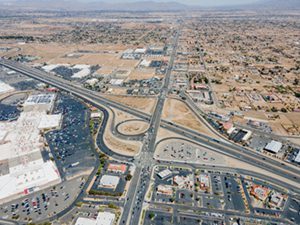
“They’re buying as much land as they can, but they’re looking at it from a little different perspective,” says Johnson. Who explains that while Steel Peak intends to own and operate the sites as outdoor storage, some industrial developers are looking at sites that they can operate as IOS for a few years before building Class A industrial facilities when new construction conditions improve. “This way, they can derisk the deal, but sometimes they can’t pay as much as we can. We know intimately what the tenants will be able to pay for us to operate it as is and that we don’t have to spend the time and money on pulling permits and building ground up (industrial facilities).”
IOS Outlook is Bright
Although investor demand for IOS cooled last year amid economic uncertainty and higher borrowing costs, the sector’s long-term outlook is overwhelmingly positive. IOS should continue to benefit from a limited pipeline of new supply coming online, with the potential for healthy returns on investment due to rental growth and increasing asset valuations.
Click here for additional information on how Voit Real Estate Services can help you make informed real estate decisions about IOS and other property types.
